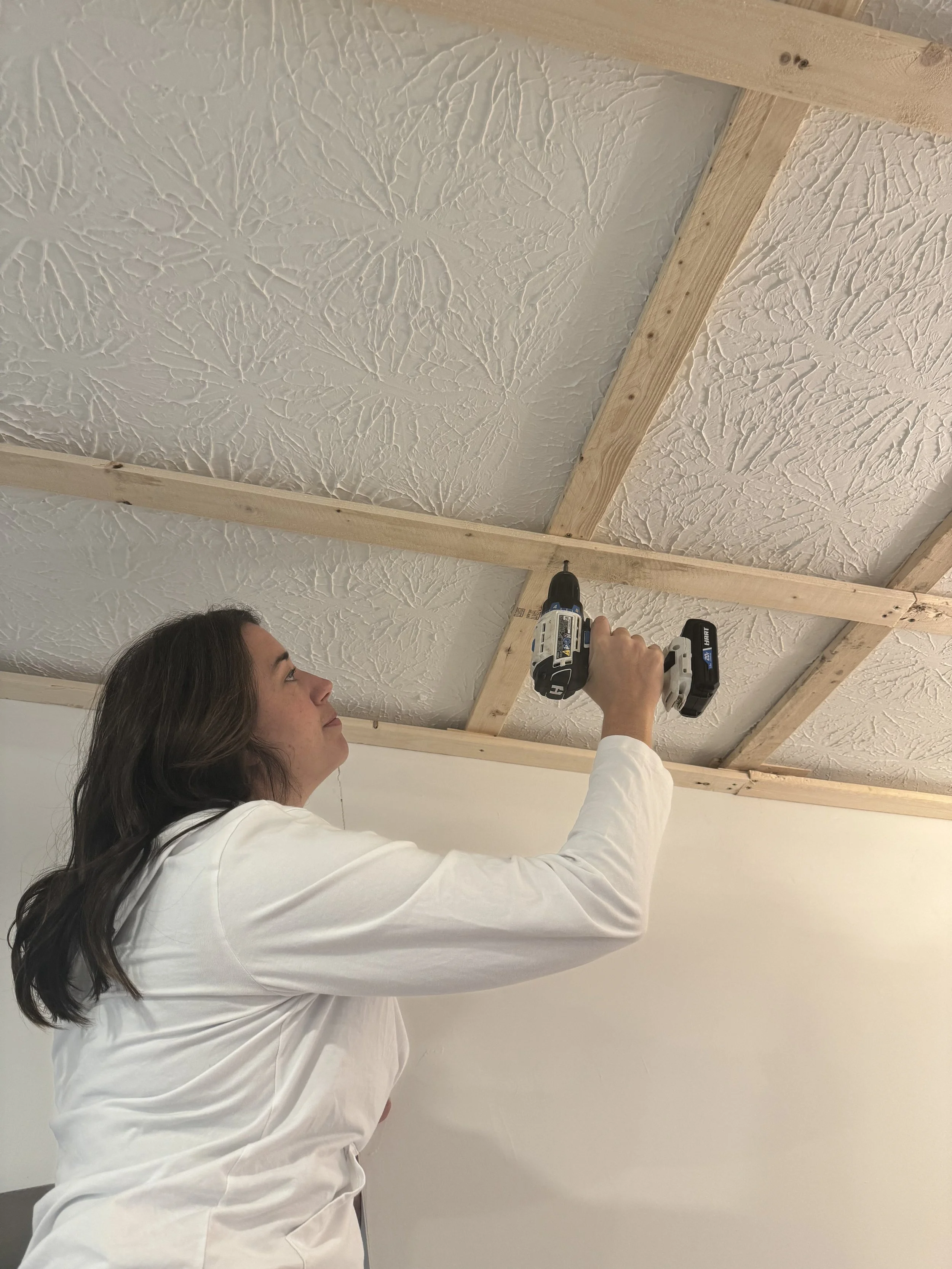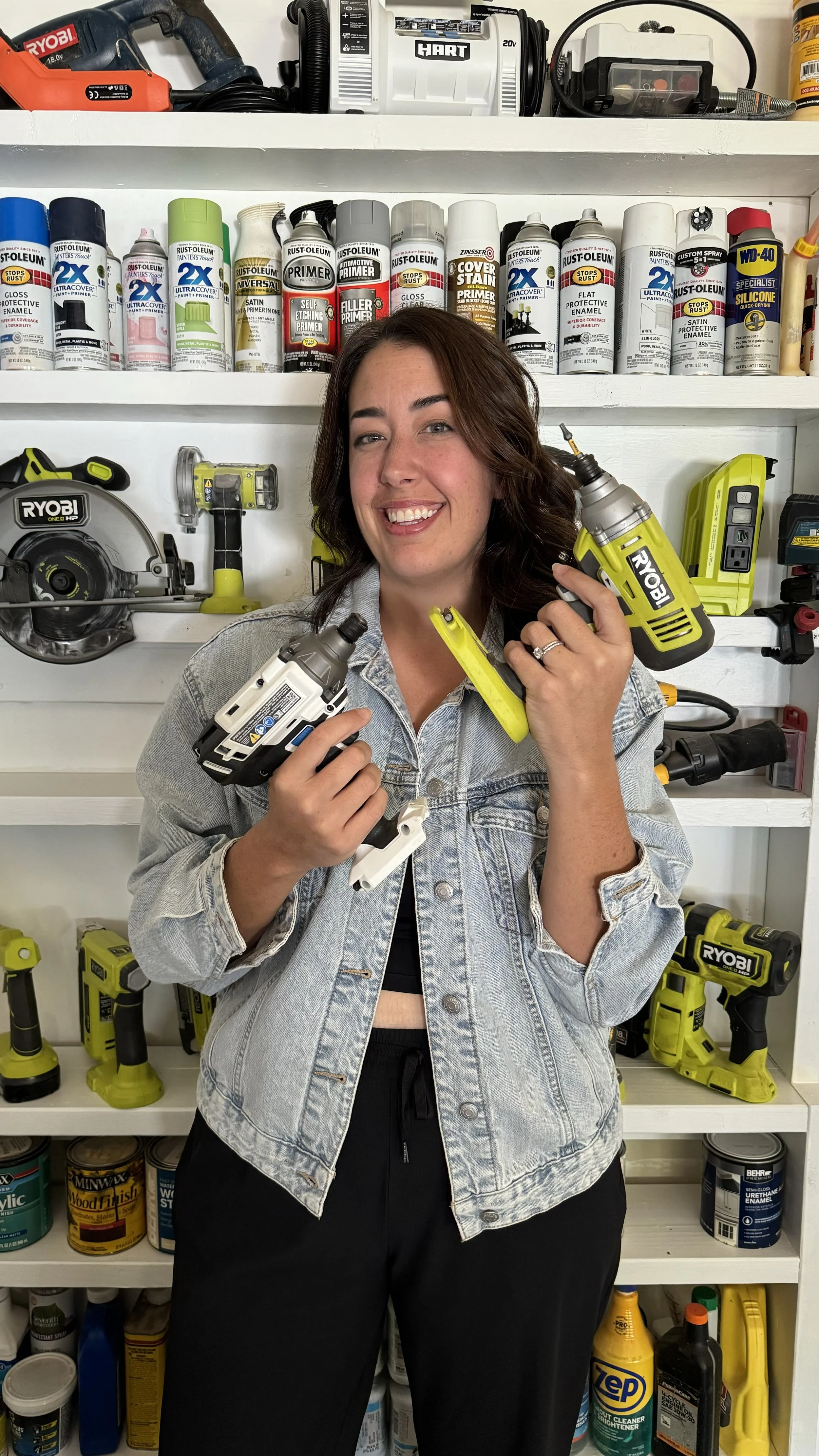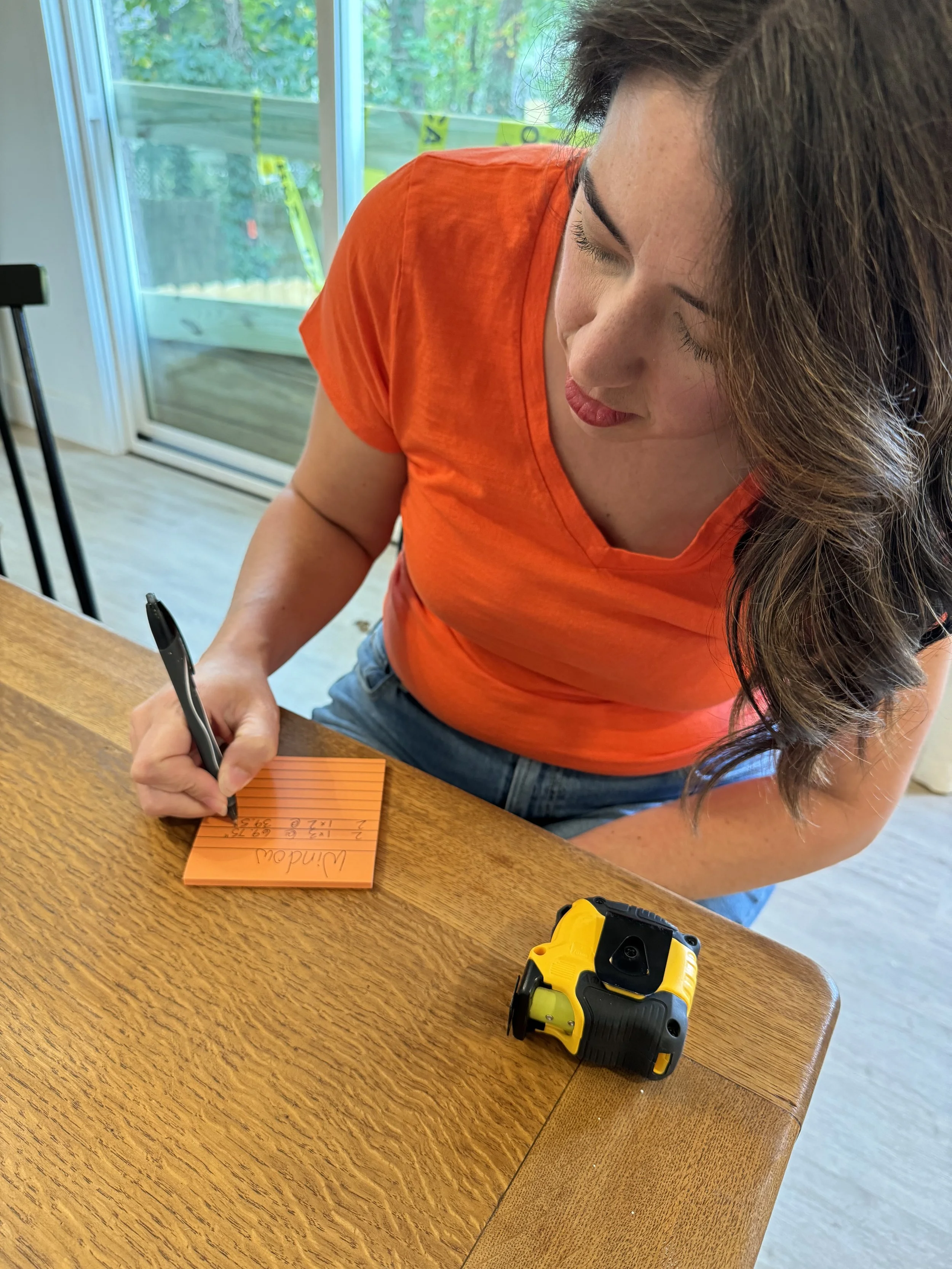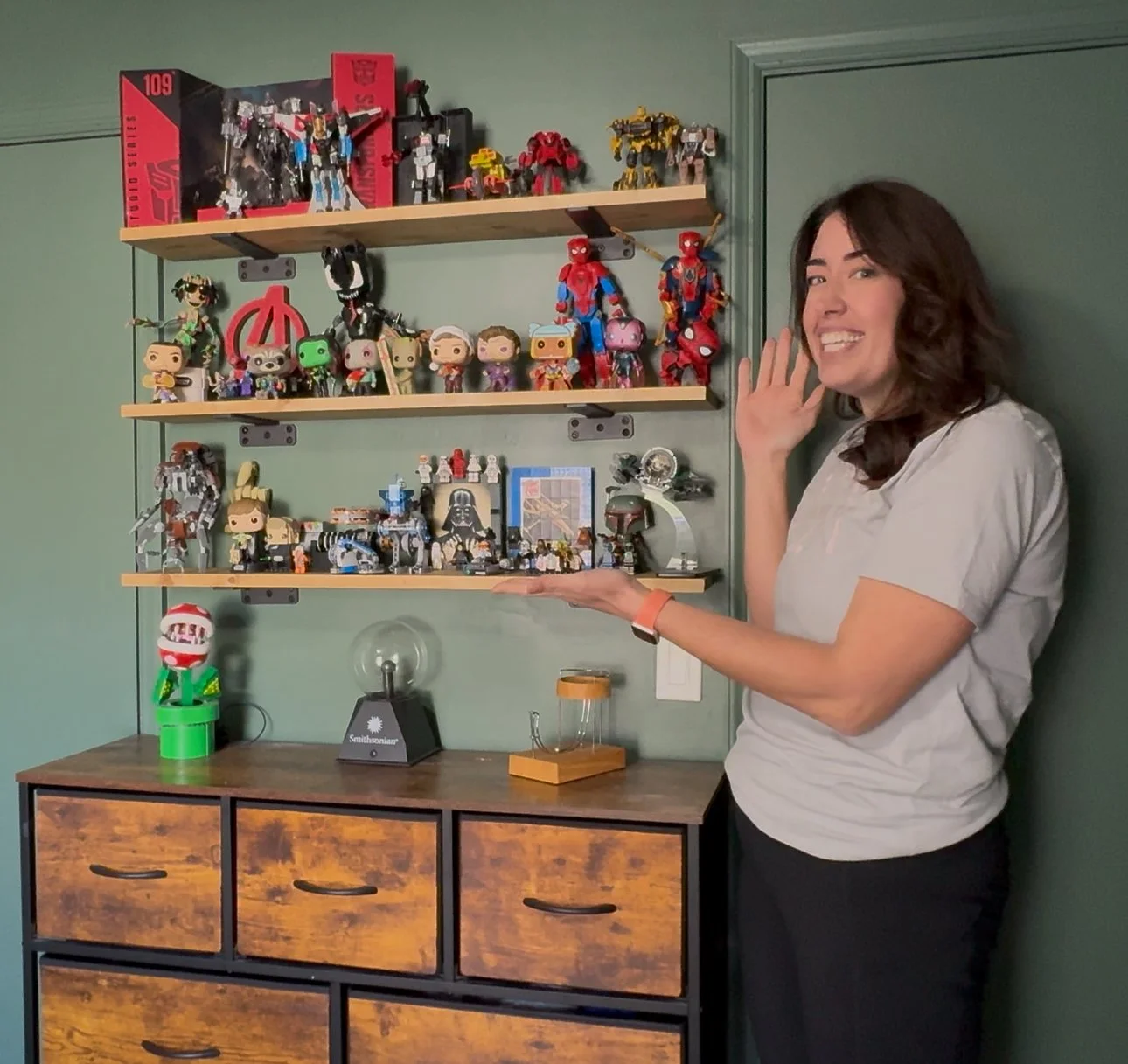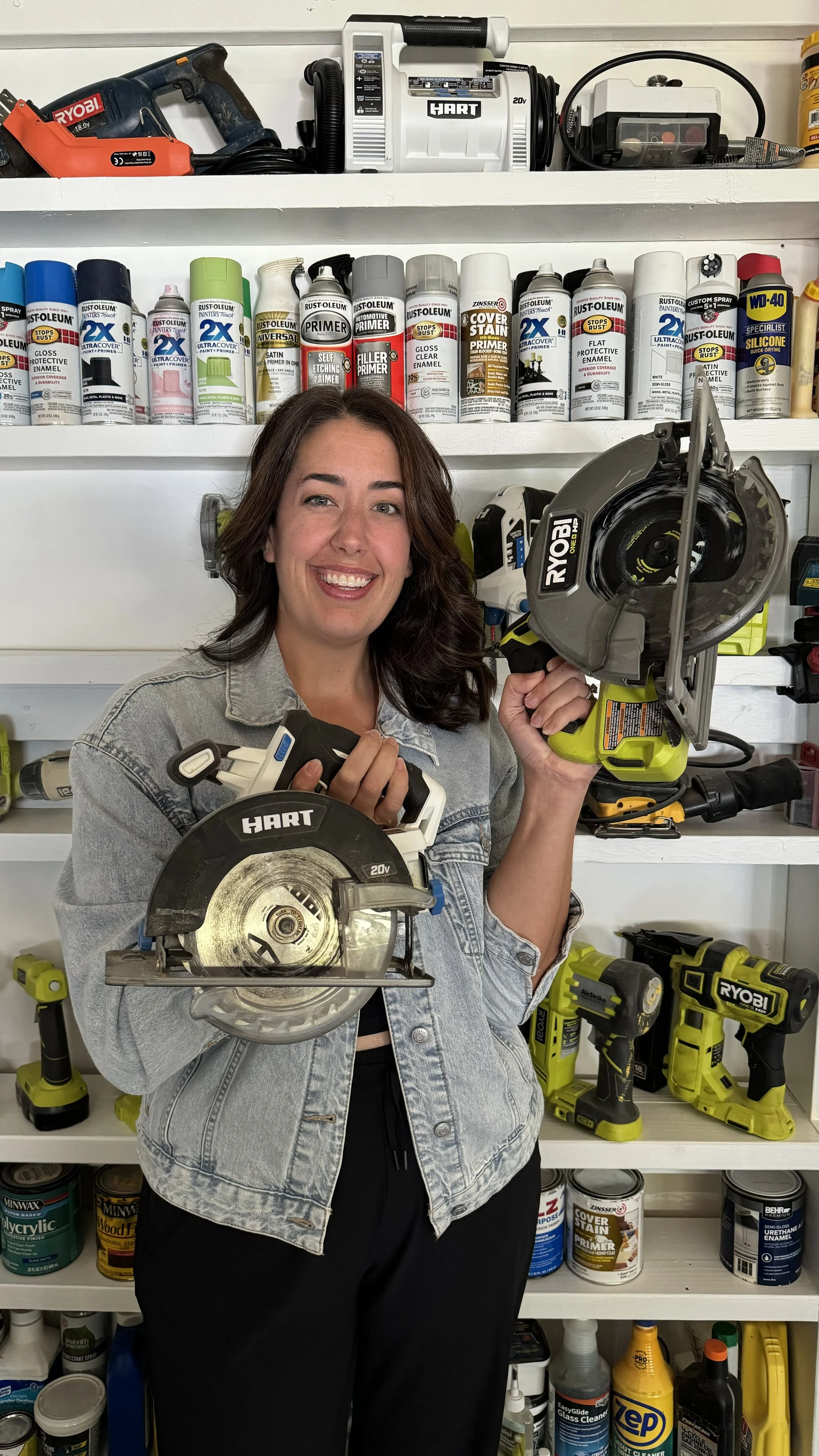10 Essential DIY Skills Every Homeowner Should Learn
So you bought a house (or maybe you’ve been in yours for a while), and you’re ready to turn it into something that feels like you. Here’s the truth: you don’t need a construction crew, a giant budget, or a HGTV film crew to make that happen.
What you do need? A few core DIY skills that will empower you to tackle projects, fix everyday problems, and create a home you’re proud of.
Whether you’re a total beginner or you’ve dabbled in DIY before, these 10 skills are worth learning — and trust me, they’ll pay off again and again.
1. Safely Using a Drill
If you learn nothing else from this list, let it be how to use a drill without fear. From hanging shelves to assembling furniture to installing curtain rods, a drill is your BFF.
Quick Tip: You can always start with a small pilot hole if you want your project to come out cleaner and easier.
2. Painting Like a Pro
Paint can completely transform a space in a weekend. Learn how to prep walls, cut in along edges, and roll on paint without streaks.
Quick Tip: I you use painter’s tape for crisp lines, pull it off while the paint is still slightly wet for the cleanest edge.
3. Measuring & Leveling
It’s not the most glamorous skill, but nothing ruins a project faster than crooked frames or uneven shelves.
Quick Tip: Always “measure twice, cut once.” Or, you can be like me and measure twice, sketch a few times, change the layout, measure again, and then cut! And, seriously, don’t sleep on buying a simple level — your eyes will lie to you, but the bubble never does.
4. Hanging Artwork & Shelves Securely
A hammer and nail might work for a lightweight picture, but heavier pieces need wall anchors or studs.
Quick Tip: A stud finder is worth the $20-$40 investment — it’ll keep your shelves from crashing down at 2 a.m.
5. Basic Wood Cutting
You don’t have to build an entire deck, but learning to make straight, safe cuts with a miter saw or circular saw opens up so many possibilities — from trim updates to custom shelving.
Quick Tip: Practice on scrap wood before touching your actual project pieces.
6. Caulking & Sealing
A little bead of caulk around trim, windows, or countertops can make everything look finished (and keep moisture where it belongs).
Quick Tip: Keep a small bowl of water nearby and run your finger along the caulk bead for a smooth, pro finish. And ALWAYS keep some baby wipes nearby (HA).
7. Fixing a Running Toilet (and other basic plumbing)
Not glamorous, but very satisfying — and way cheaper than calling a plumber. Most fixes just require a $10 replacement kit and about 20 minutes.
Quick Tip: Turn off the water at the base before you start to avoid a surprise splash zone.
8. Swapping Out Light Fixtures
Once you know how to safely turn off the breaker, connect wires, and mount a new fixture, the possibilities for upgrading your home’s vibe are endless.
Quick Tip: Always check your ceiling box’s weight rating before installing anything heavy like a chandelier.
9. Installing Simple Backsplashes or Accent Walls
Peel-and-stick tile, beadboard, or shiplap can give your kitchen or bathroom a custom feel without the custom price tag.
Quick Tip: Start small — maybe a laundry room wall — before tackling your entire kitchen.
10. Repairing Holes in Drywall
Whether it’s a tiny nail hole or a kid’s “oops” moment, knowing how to patch and sand drywall will save you stress and money.
Quick Tip: For small nail holes, a dab of spackle on your finger works wonders.
Why These Skills Matter
Learning these basics means:
You’ll save money on labor costs.
You’ll feel confident tackling more projects over time.
You’ll make your home look and feel exactly how you want it.
And here’s the bonus: the more you practice, the more fun DIY becomes. One skill leads to another, and before you know it, you’ll be saying, “I can totally do that.”
Ready to start? Pick one skill from this list to practice this week. Even if it’s just using a drill to hang a shelf, you’ll be taking the first step toward making your space truly yours.
You’ve got this!



